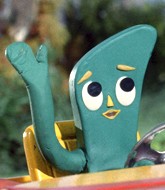
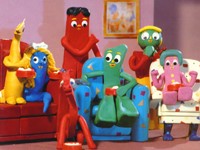
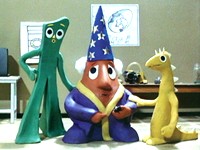
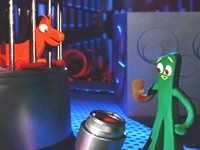
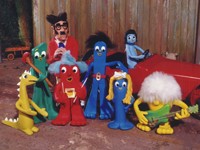
The Essence of Gumby
Getting to the Heart of It
Gumby, created by Art and Ruth Clokey, was a gift of love for children worldwide. This little green slab of clay comes alive through the wonders of clay animation, evoking visceral reactions from viewers. The texture of the three-dimensional characters, sets and props brings an unparalleled realness and charm. While children are enthralled with the innocence, action and adventure in the stories, the pure expression of art and surrealistic quality of the work appeal to adults.
Gumby is also loved near and far for his good heart and kind nature. He’s an every-man hero who always leaves a place better than how he found it.
Gumby and flexibility are synonymous, and top athletes are praised for their gumby-like or gumbyesque prowess. The U.S. Marines use the phrase “Semper Gumby.” Gumby has a magical ability to shape shift and travel to any place and any time past, present or future. He moves through any portal of the imagination—if you can imagine it, Gumby can do it.
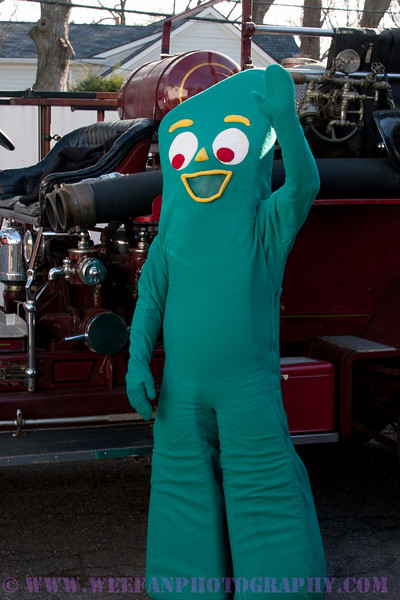
Art Clokey Animating and His Thoughts on Creating
Gumby, the Shape-Shifter
It Started with the Clay
Right after Sam Engel, the movie producer, had seen Art Clokey’s art film Gumbasia, he was so impressed that he asked if Art could create a new character for children’s TV. Art said he could, and that began his search for a clay character that children would love. In the process he encountered many technical and aesthetic problems that had to be overcome before Gumby would emerge.
Art played around with clay for weeks, molding many shapes and colors as he searched for the right figure.
“Clay is the basic medium for creative conception of new forms,” Art said in Gumby: The Authorized Biography of the World’s Favorite Clayboy by Luis Kaplan, Scott Michaelsen and Art Clokey (Harmony Books, 1986). “It’s malleable, and it changes every time you touch it. You push and mash it, and a lump turns into something, just like magic.”
The first thing Art set out to do was create a shape and size that were functionally practical from the film-animating standpoint.
“Animating clay for hours under hot lights created a problem,” Art explained. “I found it necessary to have a shape and size that were easily reproduced, so that a fresh figure could be substituted as the old one became dirty and completely misshapen through excessive manipulation.”
Something thin and geometric with square edges rather than rounded and fat made complete sense. Art’s wife Ruth suggested that he start with a gingerbread boy and let his imagination go from there.
The development of Gumby stemmed from the philosophy that Art used in his film, Gumbasia—the idea that everything in life is based on geometric forms. Gumby and Pokey arose from that idea. They are combinations of simple forms. They are rectangles and spheres. A white ball of clay cut in half becomes the white of Pokey’s eyes on each side of his head. When his eyes bug out, they are shaped into rods.
